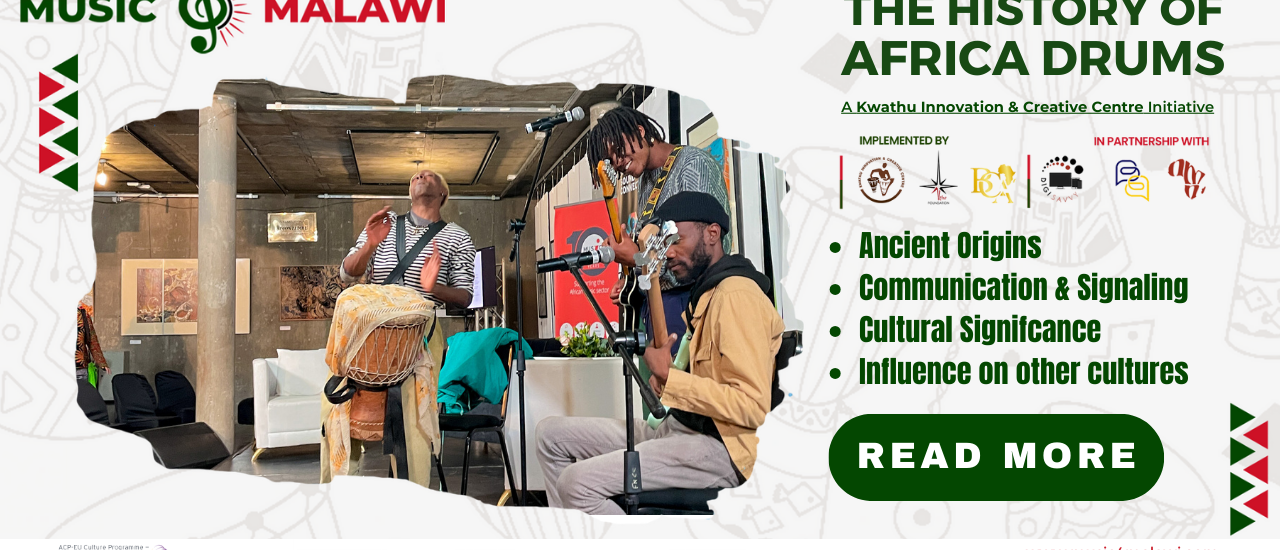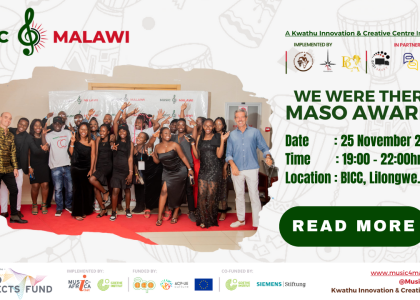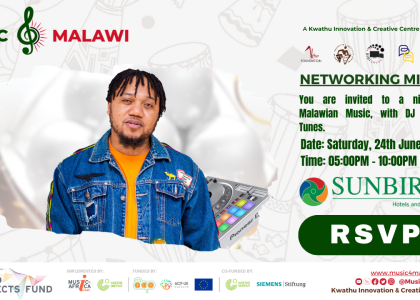The history of the African drum is a rich and diverse one, dating back thousands of years and playing a significant role in the cultural, social, and spiritual life of various African communities. Drums in Africa come in various shapes and sizes, and they have been used for communication, entertainment, and religious ceremonies.
Here’s an overview of the history of African drums:
1. Ancient Origins: African drums have ancient origins, with evidence of drumming dating back as far as 500 AD. The earliest drums were often made from natural materials such as hollowed-out logs, animal skins, and gourds. These early drums were used for both practical and spiritual purposes.
2. Communication and Signaling: Drums were used as a means of communication over long distances in Africa. Different drum rhythms and patterns were used to convey specific messages and information. This practice was particularly important in regions with dense forests or vast expanses of open land.
3. Cultural Significance: Drums played a central role in African culture and were used in various social and cultural contexts. They were an integral part of celebrations, rituals, storytelling, and dance. Different ethnic groups in Africa developed their unique drumming traditions and rhythms.
4. Religious and Spiritual Uses: Drums were often used in religious and spiritual ceremonies. They were believed to have the power to connect people with the spirit world and were used in rituals to invoke ancestors or spirits. Drumming also played a role in healing and trance-inducing ceremonies.
5. Diverse Drum Types: Africa is a diverse continent with a wide range of ethnic groups and cultures, each with its unique drumming traditions. Some famous African drums include the djembe from West Africa, the talking drum from West Africa, the sabar drum from Senegal, and the ngoma drum from East Africa, among many others.
6. Influence on Other Cultures: African drumming has had a significant influence on music and percussion traditions worldwide. The rhythms and techniques of African drumming have been incorporated into various musical genres, including jazz, reggae, and Afrobeat.
7. Colonial and Post-Colonial Era: During the colonial period, many aspects of African culture, including drumming, were suppressed by colonial powers. However, African drumming persisted underground and experienced a resurgence after many African countries gained independence in the mid-20th century.
8. Modern Usage: Today, African drumming remains an essential part of African culture and is also enjoyed by people around the world. African drumming ensembles and performances are popular in various countries, and many individuals from diverse backgrounds study and play African drums.
The history of the African drum is a testament to the deep cultural and spiritual significance of percussion in African societies. These drums have played a pivotal role in communication, cultural expression, and spirituality for countless generations and continue to do so in the modern world.
Work With Us
Want to partner on or fund one of our programmes / initiatives? We are always open to collaborations and partnerships. Contact our Chief Operation Officer; Mr. Victor Caeser Gondwe via victor@kwathucentre.org, or give us a call(direct or WhatsApp) on +265991850749.
To keep up with the work of the Ntha Foundation, our hub the Kwathu Innovation & Creative Centre, our initiatives and our projects, follow us on social media:
NTHA FOUNDATION SOCIAL MEDIA
KWATHU INNOVATION & CREATIVE CENTRE SOCIAL MEDIA









